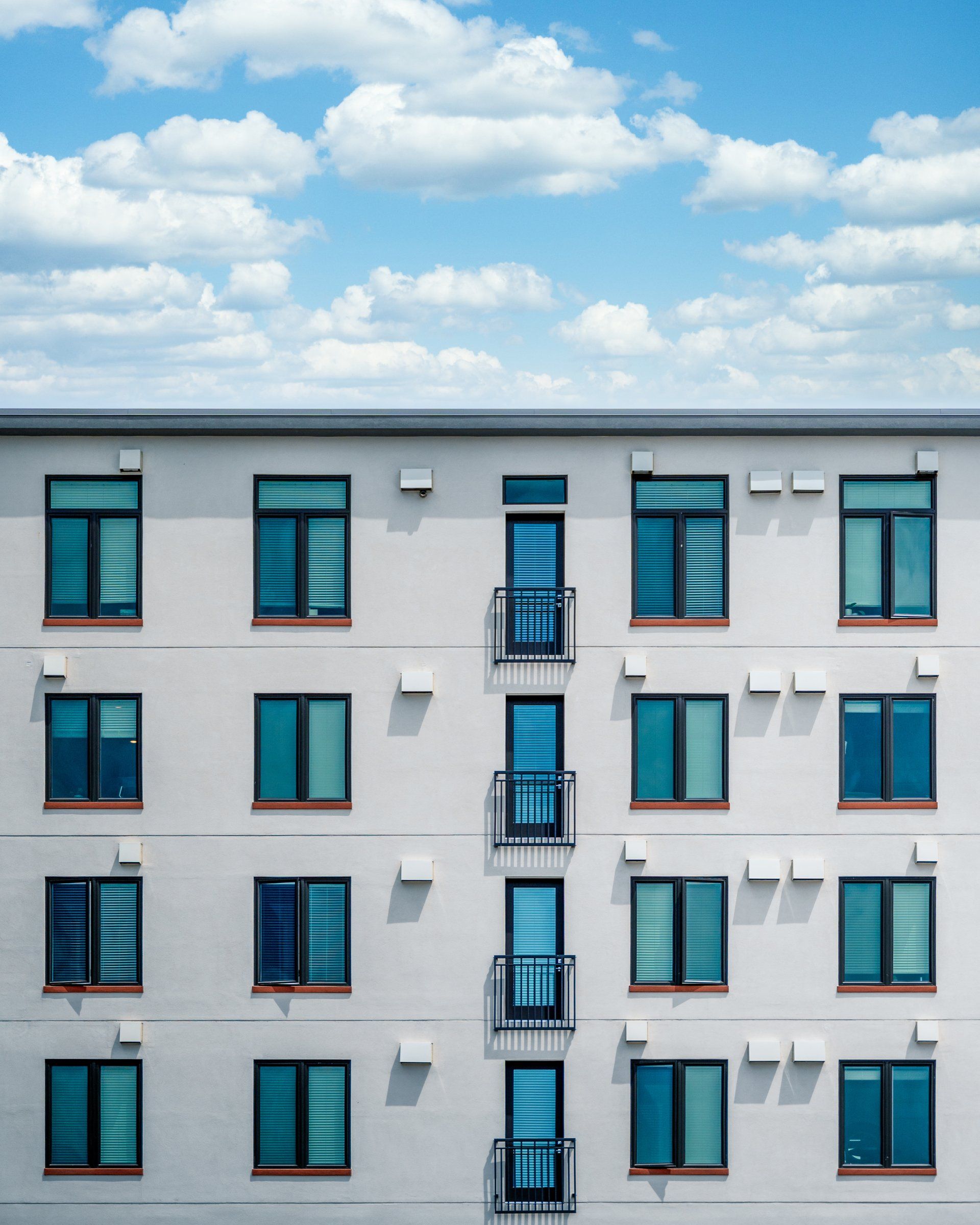Blog
Should Roofing Insulation Be Removed Before Replacement?
Are you considering a roof replacement? It might have you contemplating what should be upgraded throughout every other part of your house, specifically the decking and insulation on your roof. Are you required to replace the decking, repair or take off the insulation before the roofing process begins? What exactly is a roofer's job? Let's examine these questions and more so that your roof replacement will go off with an explosion.
What Exactly Does a Roofer Replace?
Do you have to remove the insulation prior to when the project to replace it begins? Most of the time, no. If the decking of your roof -- the layer beneath the shingles -- remains intact and doesn't show any obvious damages, your roofing contractor will probably let it be. In the event that they don't, they'll cut off the asphalt and shingles and leave the decking intact.
The cavity insulation is located under the decking, which is against the roof's studs, as well as sheathing. Therefore, there's no reason to alter the insulation inside your attic unless you've got some type of damage to the decking. In this scenario, you'll require the replacement of insulation once the roofer has removed your decking board. The truth is that houses with attics that are not finished may not have insulation on the rafters, but instead, they are reliant on fiberglass batts and blown insulation that is installed between the floor joists. In any case, your insulation ought to remain unaffected while roofers do their work.
But, some homes also have roofs that are insulated, usually with flat, low-slope or cathedral ceilings. The builder might have put up rigid foam over the deck's sheathing. In this instance, the roofer would expose the insulation as they took away the shingles.
However, you don't have to fret about getting rid of it typically. Many roofers are aware of roofing insulation and will be able to tell if the rigid foam should be replaced.
Leaks Can Impact Your Roofing Insulation
When there is a leak, roofing damage is often the outcome. Even if there is no sign of any drips or other issues before your roof is replaced, when workers take off their shingles, it might expose moldy, rotten or cracked boards that require to be replaced.
If you've noticed a major leak in your hands, it's likely that water has gotten into the insulation. In the event that fiberglass insulation is wet, it is a serious threat to its thermal performance. Water molecules take over the air pockets in between each glass piece. This can cause the growth of mold and decrease the efficiency of your insulation. Therefore, if the fiberglass batts you have purchased are damp, then a complete replacement could be necessary.
If your roofer notices that the mold has spread beyond your decking and into your interior walls, they might suggest more drastic measures; for instance, hiring a mold remediation firm. Most of the time, there are other indicators of the severity of this issue.
Your roofer could examine the boards and discover that they're bouncy and light, an indicator that you've got 3/8 inch plywood onto your roof. In the past, builders believed 3/8 inch was a suitable amount of decking. Nowadays, the majority of roofing contractors use boards measuring half an inch or 5/8 inch, which means that the roof is stronger. So if your roofing contractor finds the old boards, they could suggest replacing them.
In this case, the roofer will then remove the decking components that require repairs and put in new boards there. If they do this, then there's a possibility that you'll need to put in fresh fiberglass batts or rigid insulation or blown-in insulation following the roof reconstruction.
Your Roofing Replacement Is an Excellent Time for Roof Insulation
If you're in need of an attic or roofing insulation, then your roof replacement could be the right time to get it done! This is particularly accurate in the case of rigid foam insulation. With this, you'll need to remove the shingles in order to get access to the sheathing. In certain instances, roofers are known to aid with blow-in insulation too. They can simply take a section of decking and then pull the hoses up from the roof's top to prevent the insulation from leaking throughout the house on the inside. It's always worth asking your roofer the extent of their offerings.

Roofing Vancouver Quote




